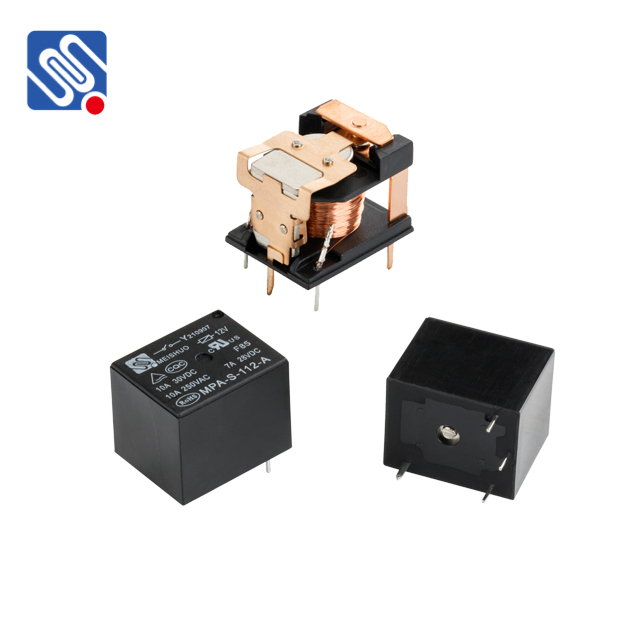Relays are essential components in electrical circuits, serving as switches that enable control of a larger electrical load with a smaller control signal. These devices are widely used in industrial automation, telecommunication, automotive, and home appliances. A Relay datasheet is a critical document that provides comprehensive information about the relay’s technical specifications, performance, and applications. Understanding the details in a relay datasheet is essential for engineers and technicians to ensure they select the appropriate relay for a given application and use it effectively.

What Is a Relay Datasheet? A relay datasheet is a technical document provided by the manufacturer of the relay, offering detailed information on the relay’s electrical characteristics, mechanical properties, and environmental conditions. It outlines the relay’s key specifications, including its rated voltage, current, contact configuration, switching time, and lifespan. Additionally, the datasheet offers insight into the relay’s construction, pinout diagrams, typical use cases, and other critical parameters that guide engineers in making the right choices for their designs. Key Specifications Found in a Relay Datasheet